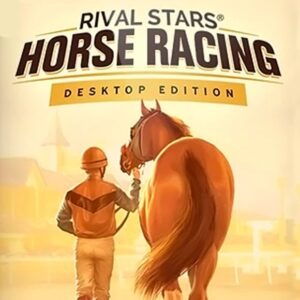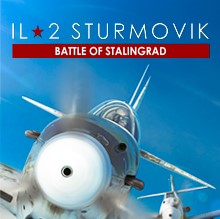Rust
How To Play
Start with the Basics: You begin with basic tools such as a rock and a torch. Gather resources like wood and stone by breaking rocks or cutting down trees.
Build Shelter: Find a suitable location and start building a shelter to protect yourself from the elements and hostile players.
Craft Tools and Weapons: As you gather resources, craft tools to help you gather more efficiently and weapons to defend yourself or attack others.
Hunt for Food: To survive, you’ll need food and water. Hunt animals, fish, or grow crops to keep yourself fed.
Form Alliances or Fight: You can form alliances with other players or engage in intense PvP combat. Raiding other players’ bases is a big part of the gameplay.
Upgrade and Craft Advanced Gear: As you progress, you can craft stronger weapons, armor, and equipment, and upgrade your base to withstand raids.
Explore: The world is large and filled with hidden resources, abandoned military bunkers, and other points of interest. Exploration can yield valuable items and resources but may also put you in dangerous situations.
Description
Rust is a popular survival game developed by Facepunch Studios. It was initially released in 2013 and has since become one of the most played games in the genre, praised for its emphasis on player interaction and the ruthless nature of its gameplay. The game combines survival mechanics with a strong focus on multiplayer interaction, where players must gather resources, craft tools, build shelters, and defend themselves from both the environment and other players.
Overview:
In Rust, players are placed in a vast, hostile world with only the barest of essentials—typically a rock and a torch—to begin with. The objective is to survive by gathering resources such as wood, stone, and metal, then crafting items like weapons, tools, and shelter. The game’s world is rich with a variety of resources, each serving a distinct purpose for crafting and survival. As you progress, you can build more complex structures, including fortified bases that are necessary for protecting your resources from other players.
Core Gameplay:
The game is played in a persistent open-world environment. Players must manage their hunger, thirst, and health, all while dealing with other environmental threats like wild animals or radiation zones. One of the central elements of Rust is its player-driven economy and social interactions. Since the game is open-world and multiplayer, players can form alliances, trade, or engage in hostile encounters. Raiding is a big part of the game’s appeal, where players can attack other bases to steal resources, which often leads to intense PvP (Player versus Player) action.
In addition to basic survival needs, players also engage in crafting and technology trees. As you gather more resources, you can craft more advanced items such as guns, explosives, and vehicles. The crafting system is crucial for progressing in the game, enabling players to create weapons, ammunition, armor, and even entire cities or bases.
Rust also features environmental elements such as day-night cycles and weather conditions, which can impact survival. For example, cold weather can reduce health and necessitate finding or crafting warm clothing. The dynamic player interactions, combined with ever-evolving game mechanics, keep the gameplay experience fresh and unpredictable.
Multiplayer Features:
Since Rust is heavily focused on multiplayer, it thrives on the social aspects of its community. Players can form clans, build their bases together, and raid other players’ structures. The game’s multiplayer dynamic encourages cooperation but also fosters a tense atmosphere, as betrayal and sabotage are common.
In addition to standard PvP, players can also choose to interact through trade, alliances, or diplomacy. While some servers focus on a more casual, non-hostile environment, others encourage full combat and competition, allowing players to choose the style of play they enjoy most.





